PODCAST: A Deep Dive into Chronic Mold Illness and Its Overlap with Lyme
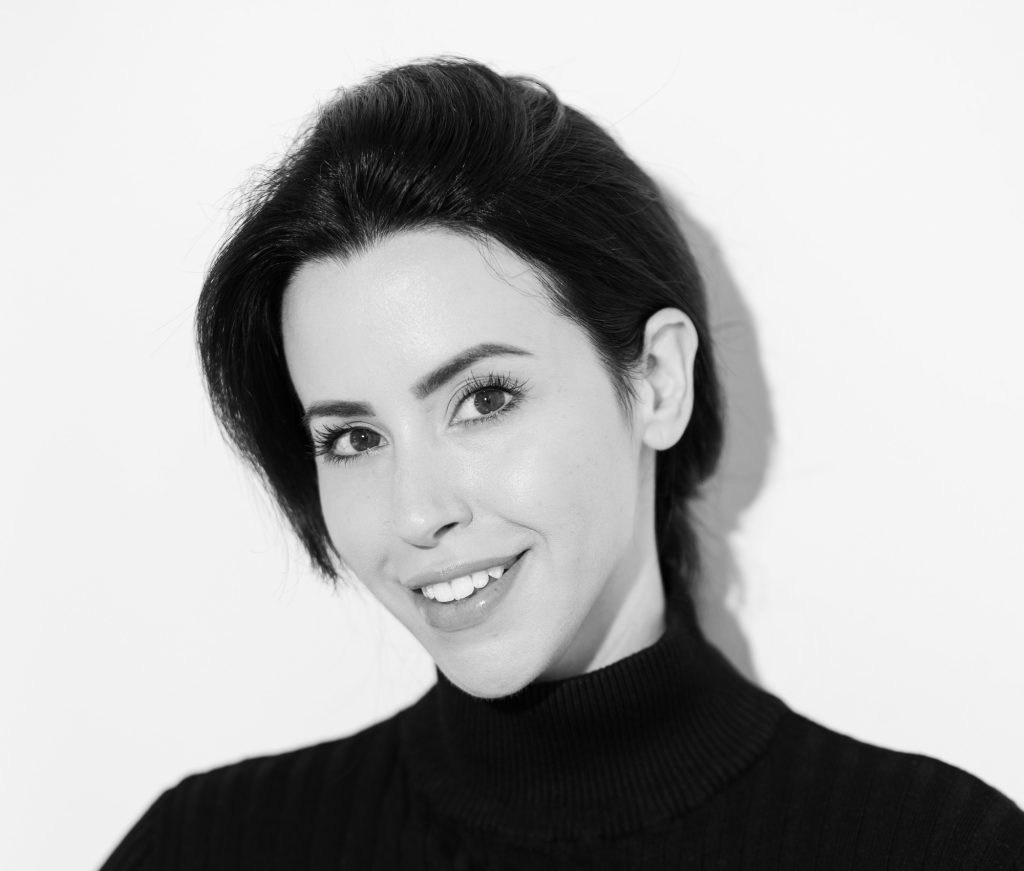
By Fred Diamond
When people talk about chronic Lyme disease, the conversation often turns to co-infections, immune dysfunction, and the heartbreak of being misdiagnosed. But increasingly, another word keeps coming up: mold.
In this week’s episode of the Love, Hope, Lyme podcast, I sit down with Ariana Thacker, founder of MoldCo, and Dr. Scott McMahon, a leading physician in mold-related illness, to talk about what happens when mold becomes a hidden yet devastating part of someone’s health crisis — especially when it intersects with Lyme disease.
What unfolds is a raw and informative conversation about lives upended, science overlooked, and a powerful new digital health company working to bring clarity and hope.
A Personal Descent into Mystery Illness
Ariana Thacker never expected her life to be derailed by something as mundane as mold.
“I’ve always been very healthy,” she says. But after moving into a condo in Miami, that started to change. Clumps of hair began to fall out. Brain fog and fatigue made it impossible to keep up with her fast-paced life. “There was a point where I was just taking my calls from bed. I wasn’t even able to walk upstairs without getting winded.”
Doctors couldn’t explain what was happening. A friend suggested mold might be the culprit, and when an independent inspector tested her home — not the one hired by her landlord — the results were staggering: dangerously high levels of toxic mold in the HVAC system and likely behind the walls.
That was her breaking point — and her breakthrough.
She began a journey of self-education, trial-and-error treatments, and eventually co-founding MoldCo, a digital health platform rooted in evidence-based protocols and real patient experience.
The Mold-Lyme Overlap
Dr. Scott McMahon is no stranger to mold illness. A pediatrician since 1992, he became immersed in the field after treating a cohort of students and a teacher from a high school where everyone seemed to be getting sick in similar, unexplained ways. With guidance from Dr. Ritchie Shoemaker — the pioneer of mold illness research — he ran advanced labs and saw shocking patterns: widespread immune dysfunction.
“Those who took the treatment and took it seriously, they all got better,” he says. “Those who didn’t, didn’t get better.”
Dr. McMahon says mold illness is called Chronic Inflammatory Response Syndrome (CIRS), and it’s far more than just a cough or a runny nose from a musty room. “It’s a multi-system illness that, if not treated, becomes progressive and can eventually become debilitating,” McMahon explains.
Cognitive problems, exhaustion, neuropathic pain, fibromyalgia-like symptoms, chronic headaches, digestive issues, disorientation, anxiety, and severe mood changes — these are just some of the hallmarks. The catch? Most of these symptoms mirror those of chronic Lyme disease.
“There’s a tremendous amount of overlap,” McMahon says. “So much so that if you don’t know what you’re looking for, it’s almost impossible to tell the difference.”
MoldCo: A Digital Lifeline
MoldCo isn’t just another telehealth startup. It’s a platform designed by mold survivors and mold-literate doctors to finally offer a clear, evidence-based path forward.
Now live in Texas and Florida, MoldCo offers what Ariana calls a “closed beta” — their early bird program. Patients meet with certified providers trained in mold illness, undergo advanced mold-specific labs, and receive prescriptions aligned with Shoemaker’s protocol. The entire experience is digital, affordable, and focused on one goal: giving people their lives back.
The MoldCo website offers a robust FAQ section, free checklists to assess your home for mold, and suggestions for at-home testing like ERMI or HERTSMI-2. They even provide access to air purifiers that use bipolar ionization, as a temporary solution while patients work to find clean housing.
“It’s not just about treatment,” Ariana says. “It’s about helping people get their environment under control too.”
Most importantly, MoldCo recognizes what Ariana herself went through — the medical gaslighting, the dismissal of symptoms, and the psychological toll. “Even after I told providers mold was the cause, they just weren’t equipped. They’d say, ‘That doesn’t cause health problems,’ or worse — ‘It’s all in your head.’”
Why Mold is So Hard to Diagnose
Despite its prevalence, mold illness remains largely ignored by mainstream medicine. Part of the problem, McMahon explained, is that most physicians aren’t trained to recognize it — or they lack the time.
“With today’s healthcare system, you get 15 minutes with your doctor,” he says. “If you walk in with 25 symptoms, they might only address two or three. You’re written off as mental, or they refer you to a psychiatrist.”
It’s a cycle Lyme patients know all too well. “Unless you’re looking for it, you won’t find it,” McMahon adds.
Even when patients do suspect mold, they’re often left on their own to find a reputable home inspector, order the right environmental tests, and piece together the right treatment plan. Many end up spending tens — even hundreds — of thousands of dollars, often without getting better. When someone is exposed to a moldy environment, they inhale spores and tiny fragments that trigger the body’s innate immune system — the first line of defense.
“Most people make antibodies and get over it,” McMahon says. “But mold-sensitive individuals don’t. Their immune system keeps reacting, over and over.”
This chronic immune activation spills into the rest of the body, disrupting everything from hormone levels to cognitive function, mood regulation, and energy metabolism. And much like Lyme, the illness doesn’t stop once the trigger is gone — it lingers until the immune system is reset through targeted treatment.
“I Didn’t Think I’d Ever Contribute Again”
One of the most powerful moments of the episode came when Ariana described just how devastating mold was for her — physically, mentally, and emotionally.
“I started mapping out a version of my life where I couldn’t contribute anymore,” she says. “I thought, ‘What if I’m just at this state forever?’” She slurred her words, couldn’t process spoken language, reread emails five times just to understand them, and withdrew from the world.
“I became a hermit.”
Meanwhile, she was bouncing from hotel to Airbnb, trying to find a “safe” environment — even as landlords denied responsibility and doctors told her she was fine.
“You’re failed at every level,” she says bluntly. “From the healthcare system to the legal system to housing protections. You feel like there’s no way out.”
So why does mold come up so often in Lyme conversations? Because the root dysfunction — immune system overactivation — is the same.
McMahon explained it like this: “The way different viruses can all cause the common cold, mold and Lyme can both trigger the same immune system pathway. The result is chronic inflammation that looks almost identical in both illnesses.”
Lyme and mold often come together
In fact, he believes many Lyme patients may actually have a mold component — and vice versa. That’s why it’s critical to look for both.
Despite the gravity of the topic, both Ariana and Dr. McMahon end our conversation on a hopeful note.
“There are resources,” McMahon emphasizes. “This is treatable. The earlier you get help, the better.”
Mold illness may be invisible, but it’s real. And for many Lyme survivors, it might be the missing piece of the puzzle.
As Ariana put it, “It just felt like a deterioration of everything. But once I understood what I was dealing with, I could finally start getting better.”
Click here to listen to all episodes of the Love, Hope, Lyme Podcast or on YouTube.
Fred Diamond is based in Fairfax, Virginia and can be contacted via Facebook. His popular book, “Love, Hope, Lyme: What Family Members, Partners, and Friends Who Love a Chronic Lyme Survivor Need to Know” is available on Amazon. The e-version of the book is always free to Lyme survivors. PM Fred on Facebook or LinkedIn for your copy.


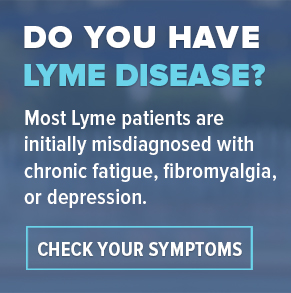
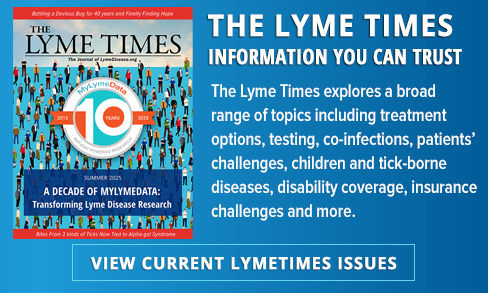


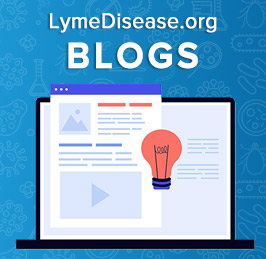

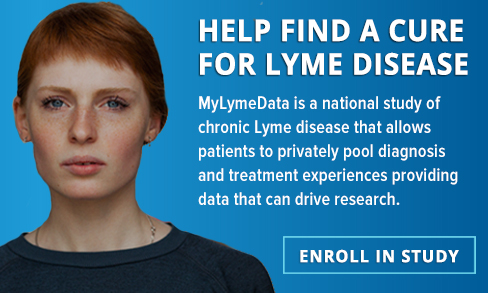
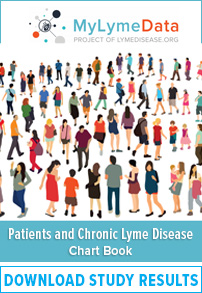
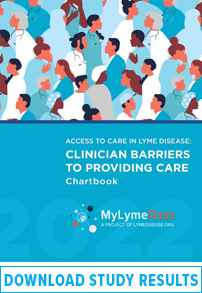



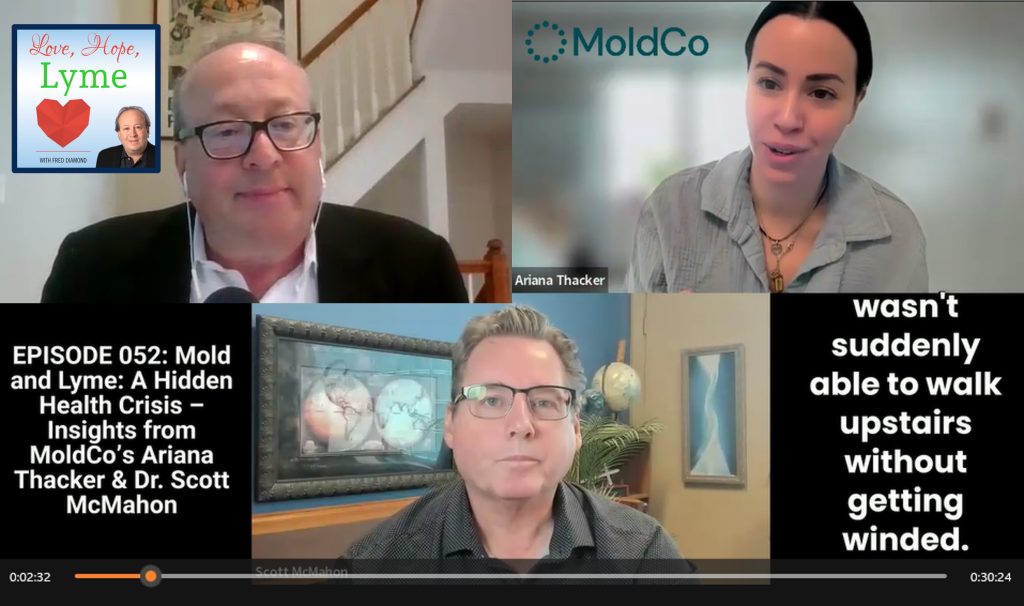

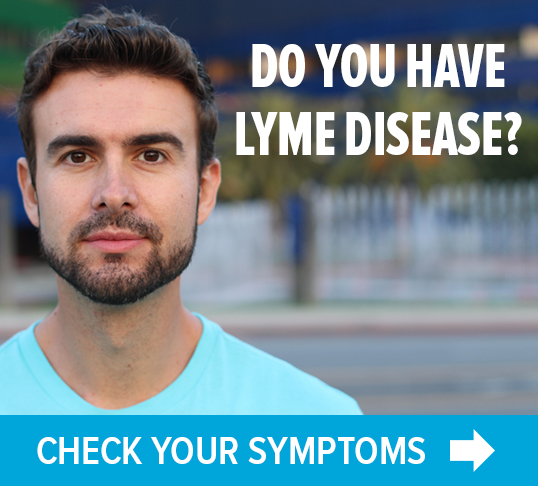

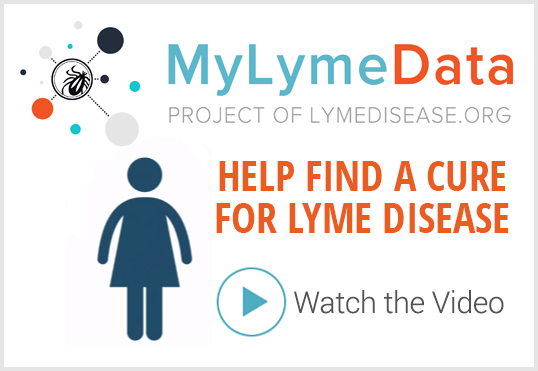


We invite you to comment on our Facebook page.
Visit LymeDisease.org Facebook Page